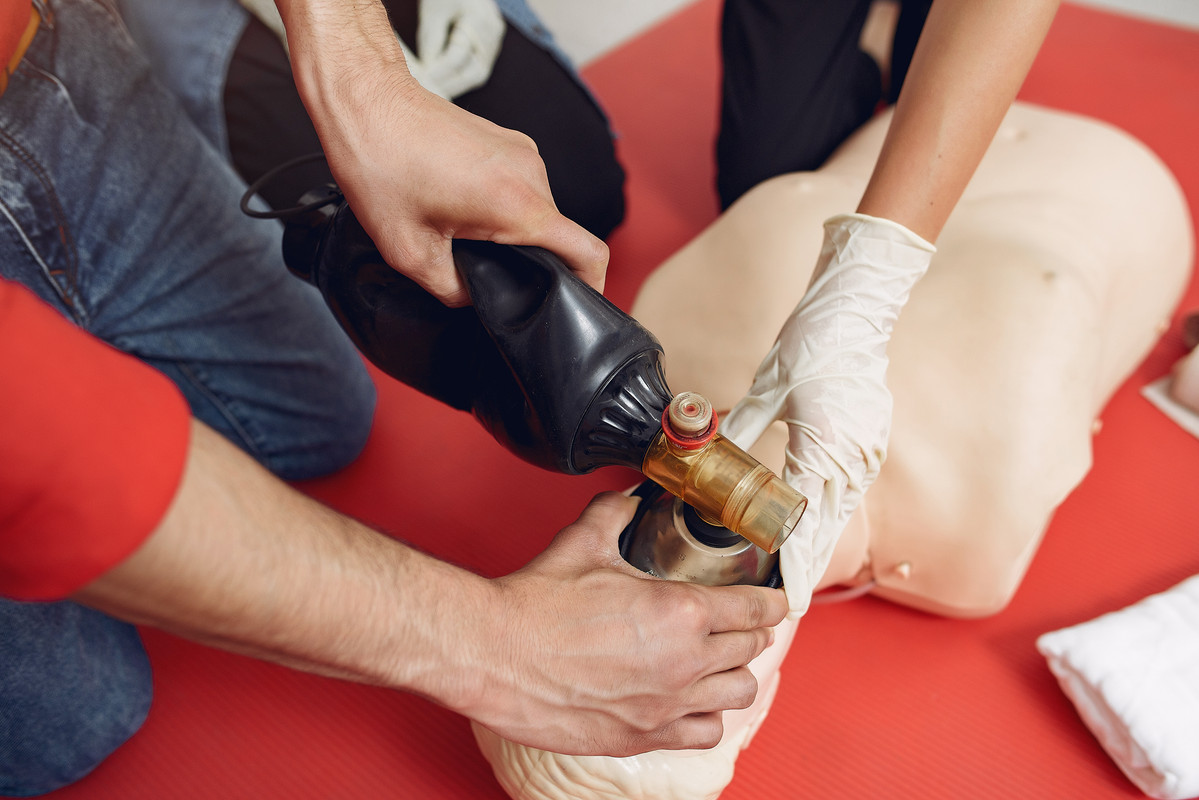Introduction
Have you ever been in a situation where someone around you needed immediate medical help, and you didn't know what to do? Imagine if you could be the person who jumps into action, providing the necessary first aid that could potentially save a life. This is where a first aid course and training comes into play. It equips you with essential lifesaving techniques, turning an ordinary person into an extraordinary lifesaver.
Understanding First Aid and Its Importance
First aid is the immediate care given to an individual who has been injured or suddenly falls ill before professional medical help arrives. In many cases, the quick and correct delivery of first aid can mean the difference between life and death. Besides, having first aid skills can boost your confidence and enable you to stay calm and effective in emergency situations.

Different Types of First Aid Courses
There are many types of first aid courses available, catering to different needs and situations. These include basic life support, CPR training, AED training, and emergency medical response, among others. Some courses focus on specific scenarios, like sports injuries or workplace emergencies. Choosing the right course depends on your specific needs and the situations you're most likely to encounter.
When it comes to learning life-saving skills, there's no better place to start than with Cardiopulmonary Resuscitation (CPR) courses. The beauty of CPR training is that it comes in various types, each designed to suit different individuals and their unique needs.
First off, we have the Basic Life Support (BLS) course. This type is perfect for healthcare professionals who need to know how to perform CPR and other life-saving techniques in a wide variety of in-facility and prehospital settings.
Next is the Heart saver CPR AED course, which is designed for anyone with little or no medical training who needs to learn how to respond to a sudden cardiac arrest (SCA). This course teaches adult CPR and automated external defibrillator (AED) use, as well as how to respond to choking emergencies.
Then there's the Advanced Cardiovascular Life Support (ACLS) course. This is an advanced course that goes beyond the basics, teaching medical professionals how to manage cardiac arrest and other cardiovascular emergencies.
What to Expect from a First Aid Training Course
A comprehensive first aid training course should equip you with the knowledge and practical skills to respond effectively in a variety of emergency situations. You should learn how to assess a casualty, administer CPR, use an AED, manage bleeding and wounds, and handle other common emergencies. The training usually involves both theoretical instruction and hands-on practice, ensuring you are ready for real-life situations.
How to Choose a First Aid Training Provider
When selecting a first aid training provider, consider their reputation, the quality of their instructors, the courses they offer, and their certification. Ensure they follow the latest guidelines and standards in first aid and emergency care. Reviews and recommendations can also provide valuable insights into the quality of their training.
The Role of First Aid Certification

A first aid certification not only validates your skills but can also open up new opportunities, especially in fields where first aid skills are highly valued, like childcare, teaching, sports coaching, and many more. Some employers may even require their employees to have a valid first aid certification.
The Essential Components of a First Aid Kit
Every home, workplace, and vehicle should have a well-stocked first aid kit. The contents may vary depending on specific needs, but typical items include bandages, adhesive tape, antiseptic wipes, tweezers, a digital thermometer, and a breathing barrier for CPR, among others. Your first aid course should teach you how to use these items effectively.
Conclusion
Taking a first aid course and acquiring the necessary training is a valuable investment that can pay off in lifesaving dividends. Whether you're a parent, a teacher, a sports coach, or just a responsible citizen, knowing how to respond in an emergency can make a world of difference. So, take the leap, equip yourself with these vital skills, and become the lifesaver you could be. Remember, the life you save with first aid could be someone you love.

No comments yet